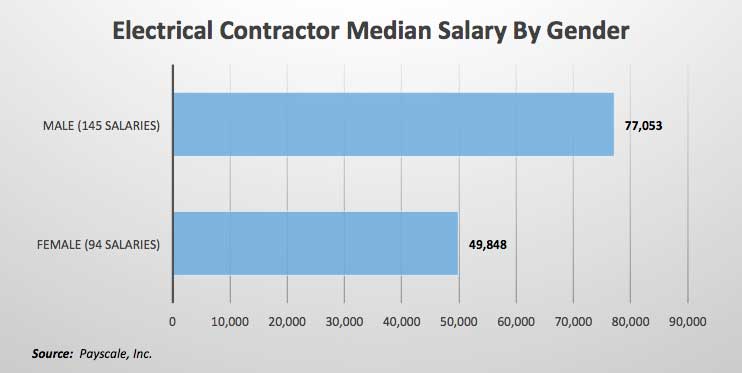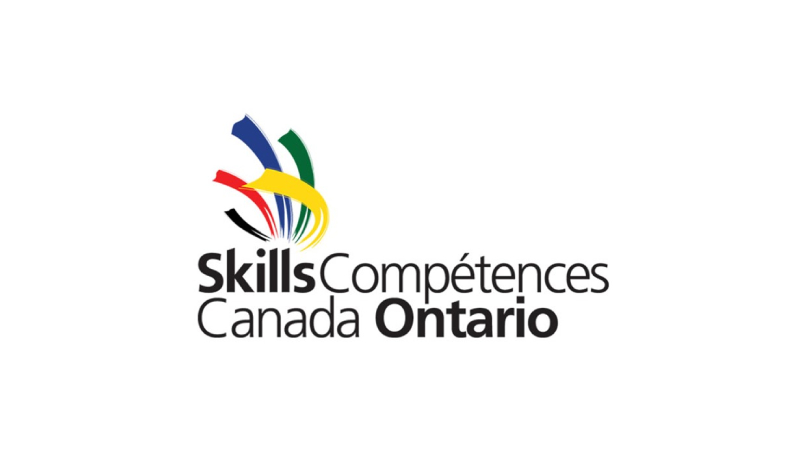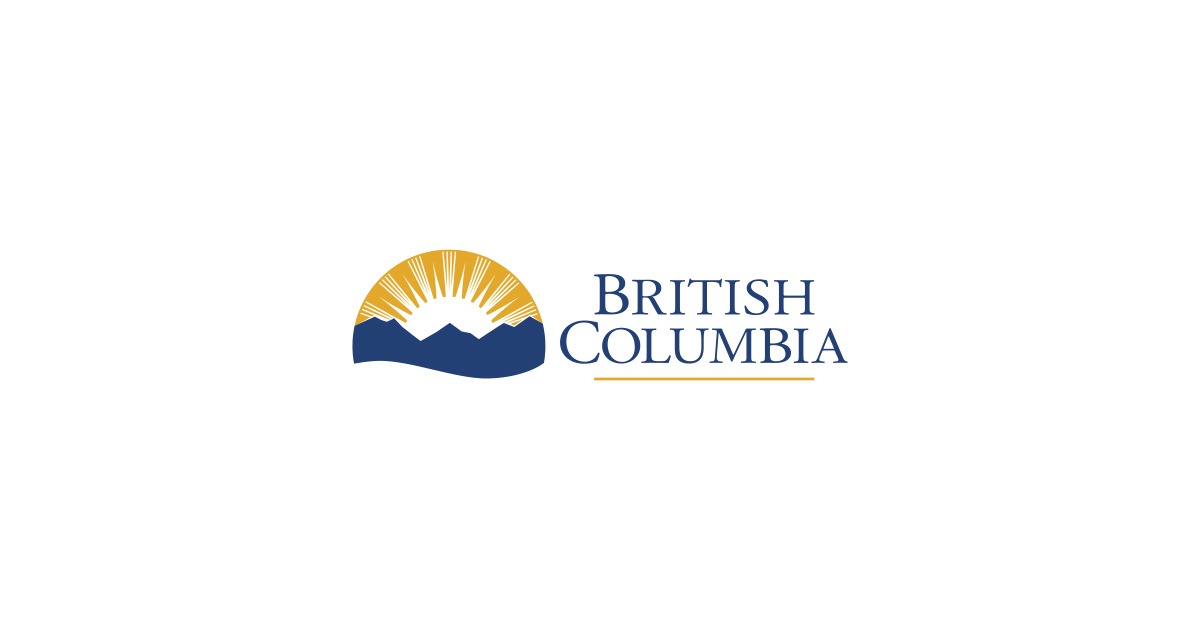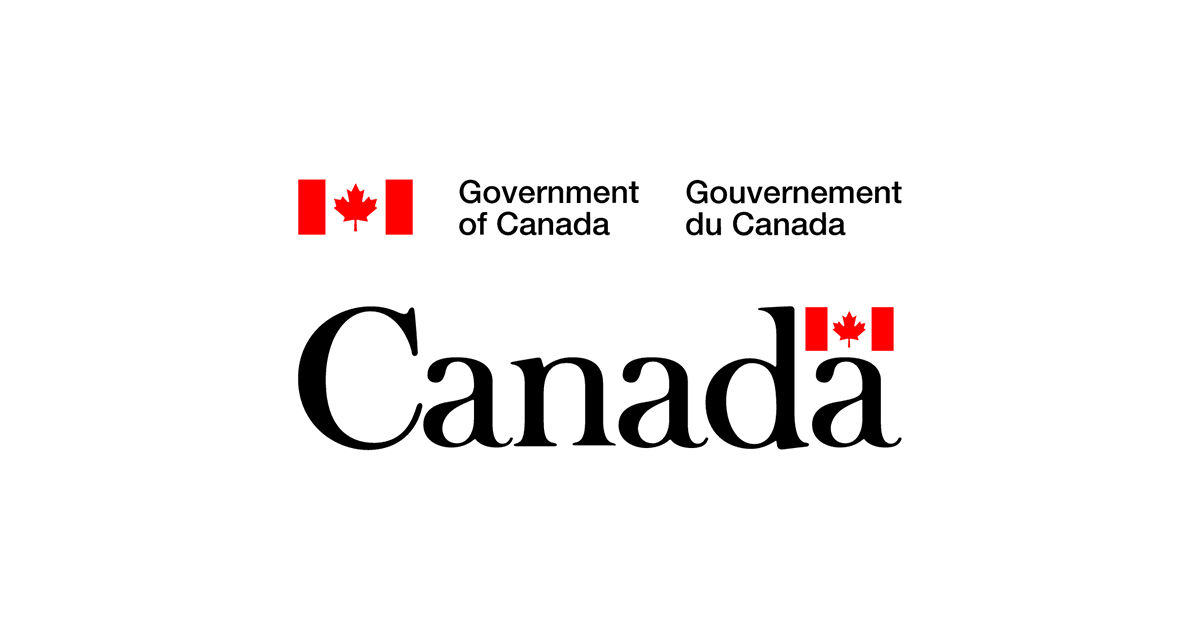Communication, Action, Measurement: Discussing Pathways to Gender Equity with Michelle Branigan

July 23, 2020
By Blake Marchand
In light of EHRC’s recent report, Leadershift: Pathways to Gender Equity, we asked CEO Michelle Branigan to provide some insight into their findings and discuss how the industry can progress productively towards equity in our industry.
Equity is certainly a complicated issue and requires a multi-faceted approach. Michelle explained their research shows a disparity between how women and men view gender equity and the opportunity for career advancement among women. A key here is not only communication and discussion, particularly when it comes to sensitive topics, but for leaders to take a multi-faceted approach in improving corporate culture and measuring progress in this area empirically by building equity into decision making metrics. These ideas need to be embedded into corporate culture, which also means employees need to understand why diversity is important and how it can benefit the company. And that falls on leadership.
In speaking with Michelle, it quickly becomes apparent she is an insightful and enlightened individual, who is passionate about the causes EHRC champions. We started our discussion by asking…
What initiated your Leadershift report?
“Our mission is to support the work force needs of the sector, and that means a work force that is highly skilled, productive, and diverse. And it’s that last word that is still challenging for the industry overall.”
Their labour market intelligence shows that women represent 26% overall, and as low as 7% in the trades. “And that’s despite a lot of discussion and handwringing. We’re not moving in the right direction fast enough.”
However, EHRC saw that there was a missing piece, and that was the lack of information in regard to women at the most senior corporate leadership roles.
“We wanted to gain an understanding of the numbers—and understand the challenges facing women’s advancement into leadership roles, because that’s where a lot of the change needs to take place.”
“The industry itself is in a pretty unprecedented time of change, even outside of COVID-19. Organizations are facing a shift in business models, innovation, performance, and technology advancement. That’s all going to have an impact on jobs, and we know we’re going to see a lot of the current leadership retire in the next few years. If you look at that context, this is a prime opportunity to accelerate the advancement of women into leadership ranks.”
Tell us about some of your findings…
“Unfortunately, the research confirms what is well known in the industry: that the leadership ranks do not reflect the number of talented women that are actually available in the labour force. That is despite the fact that a more gender-inclusive team and board of directors can produce better results,” something that has been well-documented across all industries.
“There’s lots of benefits there and we know that: improved retention, lower strategic risk, stronger access to talent, critical skills; you’re opening up your door to a lot more people to come in.”
Women are not represented proportionately at the board and C-suite (CEO, COO) levels of the industry, and that is impacting the rate of change.
“We researched 61 industry organizations: 88% of those boards had at least one woman on the board, which means 12% don’t have one woman—not one woman on the board! I just find that fascinating, and so disappointing. 77% of the boards had two or more women, that means 23% have between 0-1 woman. A lot of research has shown that having just having one woman alone on a board really won’t make a difference. It’s insufficient, and we’re not going to see the benefits of diversity from that.”
“Almost half the companies we researched in the sector had no women listed in the c-suite positions–that’s a lot. And of the senior executives that are women, half of them—I see this all the time—were in corporate functions: human resources, IT, marketing, legal roles. You have to put that into a broader perspective,” explained Michelle. “Often the road to the CEO or COO role, the most senior positions, is through a career in operational roles and technical roles. STEM fields. If we are not seeing more women seed through into those feeder positions, those STEM positions, then the roles for leadership are going to continue to go to men… It’s not going to change.”
Michelle noted she doesn’t believe the excuse that there are no women in those fields. “There are lots of women coming through in those fields, not enough of course, but to say there’s no women that should be looked at from a succession planning perspective and high potential performers in STEM? That’s a real concern if that’s the way companies are looking at things.”
Is there any optimism stemming from the report?
“I do think there’s been progress,” she said, pointing to the recent appointment of Sophie Brochu, President and CEO of Hydro-Quebec, as well as Jay Grewal who took on Manitoba Hydro’s President and CEO position in 2019. They are the first female CEOs in the history of both organizations. Michelle also mentioned Susan Uthayakumar, who is doing “phenomenal” work as Schneider Electric Canada’s President. “I don’t want to give the impression no progress has been made,” she said, because there are women who are doing great work in and for the industry.
“We need to accelerate that progress.”
What can be done to address the gaps you have identified?
“We need to move from commitment to action, and action starts with leadership, at the end of the day.”
A key point to the report is that leadership impacts change, in order to fundamentally impact the inequalities in our industry, leadership roles need to reflect the diversity in our broader society.
“There’s loads of good policies and practices. Those are really necessary, but in and of themselves they’re not sufficient. They’re not going to have a long-term impact if you don’t have a workplace culture that fully embraces equity. And that means it can’t be a discussion at the surface level; you really need to dig deeper into these conversations, and that conversation is led by leadership.”
Emphasizing that point, she said, “51% of our survey respondents reported that ‘all talk, no action’ is a barrier to making progress towards greater gender balance in their organization.”
“One of our male champions that we interviewed in the report, he said it best, ‘every organization needs champions to take it from just an interesting topic to making it part of an organizational culture through policy, procedures and behaviours.’”
“I just loved that. I’d really like leaders to fully commit to driving change in the organization. And not just to encourage their senior leaders and their managers to be champions of diversity, but to insist on it.”
Here Michelle provides some great insight on how to take that next step:
“There’s different ways in doing that. Include DEI (diversity, equity and inclusion) in the leadership competencies that you use for your performance assessments for promotions decisions. Make others in the organization accountable for what they do. I think we need to, as an industry, address some of these issues head on, and maybe stop being so polite about some of them.”
“The research found that there’s a concern staffing decisions may no longer be based on merit—and I see this in the field at conferences when I talk to the folks about this—that a woman will get that promotion because she is a woman.”
For Michelle, leaders have to take responsibility in this to instill a culture that senior positions will go to the most talented, qualified candidate regardless of their background.
A key here is recognizing that bias is unavoidable. The impacts are deeply rooted and aren’t always accessible on the surface level. We have to be aware of this in order to address those biases meaningfully, as individuals and as organizations. Which also means not being afraid of our shortcomings. “Companies are all at different starting points and they will progress at different rates, and that’s okay. The key is just progress, to move forward. To see some change.”
Michelle provides further insight on that point. “Another thing we need to do as an industry – and another thing people are afraid of—is measure what progress looks like. We need to not be afraid of what the numbers reveal when you do an analysis of how you stand in regard to this.”
Leaders in the electrical industry have to establish policy and programs for gender diversity in their organization, as well as measure progress and build gender diversity considerations into the performance review process.
“There is no one size fits all solution. We’re going to have come at this from a number of different angles. It requires a very comprehensive approach.”
“Any kind of policy, programs, practices put in place… the company has to be aware of why they’re being put in place. There needs to be a shared understanding to commitment, to action, and again–we need to talk about it because there is a divide in perspective.”
“There’s a big difference in how women see things getting done and how men see things getting done. On the good side of that, we do have some good momentum. Some organizations are doing great, there are pockets of great practices that we’re seeing, great stories.”
Michelle emphasized that a great starting point for industry leaders is to sign on to EHRC’s Leadership Accord for Gender Diversity. They’ve had over 100 industry leaders sign on and take on roles as champions for diversity.
Was there anything in the report that was surprising to you?
Michelle noted that she wasn’t surprised to find that men and women view gender diversity progress differently but was surprised about how far apart those views were. She explained that their research shows a disparity between how women and men view gender equity and the opportunity for career advancement among women.
“We saw that almost 1-in-5 men that we surveyed believe that it’s easier for women to succeed in their workplace than it is for men. Now, when we asked women the same question, 3-in-4 (75%) believe that women have a harder time.”
“That was a surprise, there’s still a big gap. We’re still falling short in understanding the reality of the sector’s gender. Men are much more likely to think gender or ethnic backgrounds doesn’t make a difference in relation to career success.”
“Another thing that surprised me was women in our survey are not at all confident that senior leaders are aware of the barriers within the organization. They still have doubts about the commitment even within their own organization, sometimes.”
“1-in-7 women in our survey feel that leaders within the electricity sector are not at all interested in increasing the number of women in leadership. But when you ask men that same question, almost half of the men feel the leaders are committed. So, for me, men and women are hearing very different messages from their leadership.”
As Michelle explained, the industry is changing, whether it’s the influx of new technologies or changeover in leadership ranks. EHRC’s Leadershift report emphasizes the need to ensure this transition is undertaken thoughtfully, while taking into consideration some of the issues, like diversity and equity, that are holding the industry back from reaching its full potential.
Blake Marchand is Associate Editor with Kerrwil Electrical Group
















